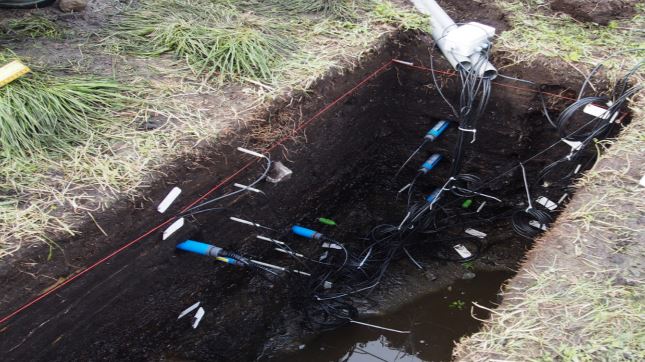
Archaeology and climate change
Modern archaeology and heritage management needs to prepare and respond to climate change, says researcher and archaeologist Vibeke Martens.
How fast do archaeological deposits, soil features and artefacts degrade? Is it possible to preserve archaeological remains in situ without significant loss of information?
Modern archaeology and heritage management needs to prepare for and respond to modern climate change, causing higher temperatures, increased and more concentrated precipitation events and changes from snow to rain which may lead to an irrevocable loss of information.
Threat evaluations
This paper suggests sets of threshold levels and threat evaluations of heritage sites.
This includes possible mitigation and management strategies, on a basis of archaeological observations and results of palaeoecological and geochemical analyses of archaeological deposits from rural sites in northernmost Norway.
These are combined with climate data and continuous monitoring of soil temperature, moisture and redox potential in sections.
Interdisciplinary research project
This data, collected in an interdisciplinary research project, constitutes the basic research material for evaluations of conservation state and preservation conditions.
Decay studies indicate that many site types may be at risk with the predicted climate change. The results have consequences for heritage management of a large number of sites from all periods.
Read the article “Mitigating Climate Change Effects on Cultural Heritage Sites?”

